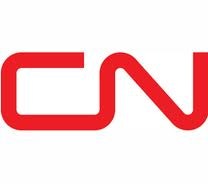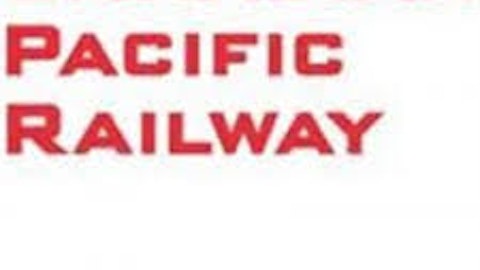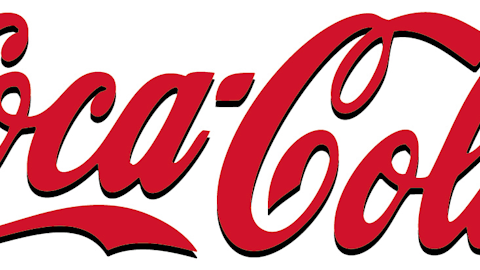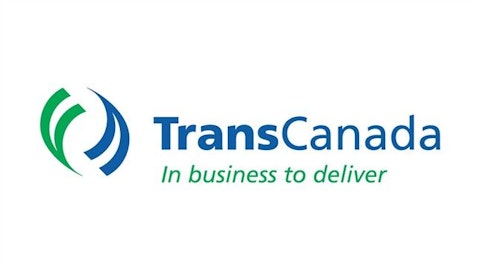
Four North American railroads are seeing explosive growth in shipments of crude due to a lack of pipeline capacity in the United States and Canada. But only one railroad, Canadian National Railway (USA) (NYSE:CNI), owns a rail to the massive Athabasca Oil Sands in Alberta, the largest known reservoir of crude bitumen in the world.
In 2007, CN acquired 201 miles of track from the Athabasca Northern Railway for $25 million and began $135 million in upgrades.
With TransCanada Corporation (USA) (NYSE:TRP)’s Keystone XL pipeline stuck in political turmoil in the United States, CN isbest poised to grow crude shipments by rail from the Athabasca Oil Sands in Alberta to refiners.
The Athabasca deposit is the largest known reservoir of crude bitumen in the world and the largest of three major oil sands deposits in Alberta, along with the nearby Peace River and Cold Lake deposits. The Alberta sands deposits contain about 169 billion barrels of oil, according to the Canadian Association of Petroleum Producers.
Due to its growing edge in the movement of crude, CN was recently upgraded to Neutral from Underweight by JP Morgan analyst Thomas Wadewitz, who raised CN’s price target from $96.00 to $110.00 per share, said
Due to its greater reach North into the oil sands and South to U.S. Gulf Coast refineries, CNI has one of the strongest crude by rail growth stories over the next several years.
CN, Canadian Pacific Railway (NYSE:CP), Burlington Northern Santa Fe, owned by Berkshire Hathaway Inc. (NYSE:BRK-B), and Union Pacific Corporation (NYSE:UNP) also are benefiting from growing demand for shipments of crude from the Bakken region.
Railroads haul in carloads of frac sand and drilling pipe used to build wells. They haul out crude oil to refineries and other end users thousands of miles away in the Gulf Coast.
U.S. rail traffic of crude and petroleum products grew 51.8% year-to-date through May 25, 2013 over the same time period in 2012, the Association of American Railroads (AAR) reported May 30.
Canadian railroads saw 26.9% growth in shipment of petroleum products year-to-date through May 25, AAR said.
Pipelines are cheaper for hauling crude, but often face political battles for construction. North Dakota has seen huge increases in crude production, but its existing pipeline lacks capacity to handle higher volumes.
At Berthold, N.D., you can see pipeline companies working side-by-side with railroads. A Berthold rail hub — an on-ramp to BNSF’s rail network — is owned by Canadian oil transporter Enbridge Inc (USA) (NYSE:ENB), a large pipeline company.
Enbridge built the rail facility at Berthold last year to help ease a bottleneck on its large nearby pipeline that carries oil eastward through North Dakota into Minnesota. A second phase at the site will connect pipeline nodes in the heart of the Bakken to the Berthold facility, eliminating the need for producers to truck oil 50 miles or more, according to a recent report by Phil Davies, senior writer for the Federal Reserve Bank of Minneapolis.
TransCanada Corporation (USA) (NYSE:TRP)’s Keystone XL pipeline is awaiting completion due to debate about the northern phase of the pipeline, which would connect Hardisty, Alberta, with Steele City, Nebraska. President Obama has yet to make a final decision and has promised to veto any agreement reached in the United States Congress.
Crude’s First-Quarter Impact
Here’s a look at the way crude shipments already have impacted revenues for four Class I railroads:
—CN’s revenues from shipment of petroleum and chemicals were up 16% in first quarter 2013 over the first quarter of 2012, CN said. Crude by rail revenue was up 300%. The company saw a $75 million book of business in crude shipments in the first quarter, and expects this to grow. Crude is a long haul business for CN to refineries in the U.S. Gulf and all of the Eastern Canadian refineries.
–Canadian Pacific’s revenues from shipment of industrial and consumer products for the first quarter of 2013 was up 25% from the same period of 2012, due in part to increased shipment of energy-related commodities, including crude.
–BNSF’s revenues from shipment of Industrial Products volumes increased 14% in the first quarter of 2013 compared with the same period in 2012, primarily due to increased shipments of petroleum products, BNSF said.
–Union Pacific said revenues from shipment of chemicals was up 14% in first quarter 2013 over the first quarter of 2012. Crude oil volume increased 11% from the previous quarter, more than double the first quarter of 2012. Growth was driven by increased shipments from the Bakken, Western Oklahoma and West Texas shale plays to UP-served terminals, primarily in St. James, Louisiana and the Texas Gulf Coast.
Track Upgrades
North American railroads are spending billions to upgrade track and increase capacity, often double-tracking lines to increase traffic. CN is accelerating work on the $33 million upgrading of its Whitehall Subdivision in Wisconsin to increase car-loading capacity and train velocity for the growing frac sand supply chains of Badger Mining Corporation, Preferred Sands of Wisconsin LLC, Atlas Resin Proppants LLC, and Taylor Frac LLC. The improvement program will permit the transportation of heavier loaded frac sand freight cars weighing a maximum of 286,000 pounds, thereby increasing the volume per car, generating increased productivity for customer car fleets, and increasing train speed for CN.
The Association of American Railroads statistics suggest rail tanker cars might be a safer alternative for moving crude than pipes.
Based on U.S. Department of Transportation data, the crude oil “spill rate” for railroads from 2002-2012 was an estimated 2.2 gallons per million ton-miles, compared with an estimated 6.3 for pipelines, AAR said.
The Bottom Line
Due to uncertainty about the completion date of the Keystone XL pipeline, Canadian National Railway (USA) (NYSE:CNI) stands to benefit the most from increased movement of crude by rail. The company has exposure to the Bakken Region and owns the only railroad in the massive
Athabasca Oil Sands deposit in Alberta. CN moves crude to refineries in the U.S. Gulf Coast and Eastern Canada. CN will be hauling crude for many years to come. I like all railroad stocks mentioned in this article, but I believe CN holds an edge over the others in the movement of crude.
Michael Hooper owns shares of Berkshire Hathaway, Union Pacific, Canadian National Railway, and Canadian Pacific Railway Limited (USA). The Motley Fool recommends Berkshire Hathaway and Canadian National Railway. The Motley Fool owns shares of Berkshire Hathaway.
The article The Best Crude Rail Play originally appeared on Fool.com.
Copyright © 1995 – 2013 The Motley Fool, LLC. All rights reserved. The Motley Fool has a disclosure policy.




